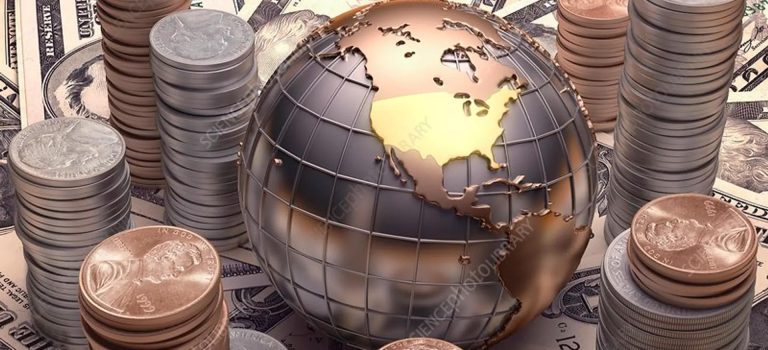Source: Art Newspaper.
The art market’s strong performance during 2022 has put to bed one of the possible silver linings of the Covid-19 pandemic: a more locally focused industry.
The latest collector survey produced by Clare McAndrew for Art Basel and UBS found that while the wealthy voice a preference to buy locally, the value of sales is dominated by international hubs. Just three centres—the US, UK and China (mostly via New York, London and Hong Kong)—accounted for around two-thirds of trade worldwide last year, the survey finds, while this year’s auction activity, culminating in November’s staggering sales season, shows the ever-increasing dominance of just one city: New York.
There’s consolidation elsewhere too. This year, the nearly 50-year-old art fair Fiac gave way to Paris+, becoming the fourth such event in the Art Basel franchise. Photo London has sold 25% of its business to the group that runs Photofairs, in turn co-owned by Angus Montgomery Arts, whose portfolio includes the share of seven other art fairs around the world. Bonhams has hoovered up several regional auction houses this year, including Denmark’s Bruun Rasmussen and Skinner in New England, while its private equity owner, Epiris, runs businesses ranging from a seaport operator to restaurants.
Galleries continue to emulate luxury brands with new spaces in wealthy places, many boasting cafés, bars and artist diffusion lines ranging from prints to tea towels. Hauser & Wirth’s owners have added a pub and members’ club this year, joining the hotels already under their belt. There is a reason why we all believed the LVMH/Gagosian rumours (though the gallery emphatically denied them)—a high-end luxury goods conglomerate seems a completely natural extension of a mega-gallery business.
The caravan is back on the road
There is a sense that we were all happy to sing the praises of slow culture and local investment when we didn’t have much choice, but now that travel and social restrictions have eased we can’t wait to get out again. Anyone who has been to an art fair this year (and there are a lot of us) can see that the art market caravan is back on the road, with additional activity in Seoul and, next year, Singapore interrupting what once were holiday seasons. We’ve forgotten the promises we made to ourselves during the pandemic, and then some. As such, we have created an even greater need for consolidation and concentration to negotiate the noise. As the saying goes, together we are stronger.
In truth, the year or two of pandemic-induced behaviour was not long enough to redefine any industry. In the art market, online capabilities have vastly improved at least and, in areas such as auctions, have contributed to a groundswell of new entrants. The reaction against restraint is short-sighted for something as unique as art, but also seems a natural response. The question is how sustainable it is, both in terms of everyone’s work/life balance and our creaking planet. The good news, in this context, is that as we enter recessionary times, restraint could be forced on us once again, and our nearest and dearest—including local culture and community—will rise up the priority list again. I just doubt they will stay there.








